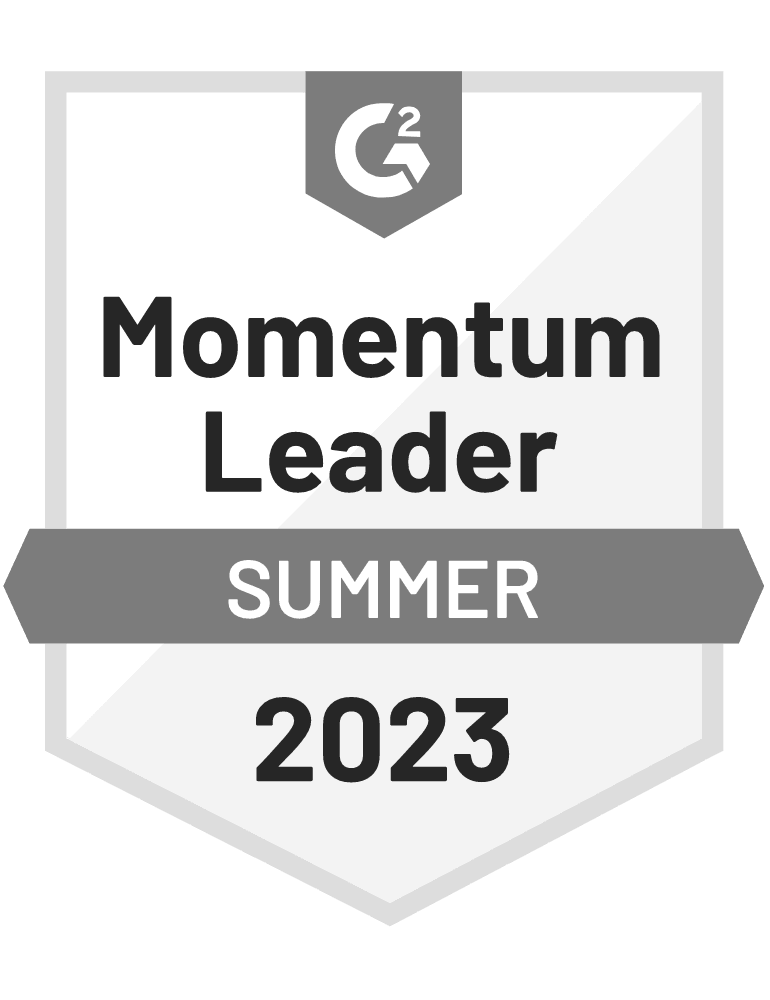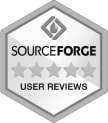“How does OptiMonk use Onsite Retargeting?”
I hear this question surprisingly often at conferences or when I talk to our clients and partners.
That’s why today, I’m sharing the onsite retargeting strategy used by our very own marketing team to generate leads. So, how does the team that pioneered onsite retargeting use it themselves? Read on to find out.
First of all, it isn’t practical to communicate the same message to early-stage visitors and to visitors who are in more advanced stages of the buying process, so the sales funnel (see the image below) plays a really important role in our process.
Our messages are always customized for buyers in each stage of the funnel. Most likely, you can identify at least three customer groups for your site:
1) Early-stage customers = Awareness + Interest stage
2) Middle-stage customers = Consideration + Intent stage
3) Late-stage customers = Intent + Evaluation stage
We increase engagement and awareness of our offer for early-stage visitors by publishing and promoting useful blog posts and social media updates.
For middle-stage visitors, who show a basic level of interest in OptiMonk, our primary goal is to get them to subscribe to our email list. To achieve this, we promote our eBooks and swipe files.
For visitors who show more interest in OptiMonk – for instance, visiting a number of pages – we promote our 14-day free trial. In addition, we promote a free consultation for late-stage visitors to help them make a decision.
Now let’s take a look at some of our most successful onsite retargeting campaigns! 🙂
1. Ebook promotion
This campaign promotes our very popular Onsite Retargeting Guide. This is the first popup a new visitor will see on our site.
When the visitor clicks on yes, they will be redirected to another landing page.
In this case, we use page-level targeting to exclude our “important” pages like trial registration. Until someone is at a more engaged level, we don’t want to promote a hard goal to them.
Details of the campaign:
- Goal: Build email list
- Campaign triggering: Exit-intent
- Targeting: Page-level targeting
- Frequency: Max. 2 times per visitor
- Engagement: Spending a minimum of 5 seconds on the current subpage
- Conversion rate: 16%
2. Ebook promotion for Shopify stores
Since we have many Shopify store users, we want to provide them the best user experience when they browse our site. That’s why we create personalized messages for them. Our landing page has also been customized for Shopify store users, and the eBook we promote as well.
Like the previous campaign, we use page-level targeting to exclude pages with harder goals.
Details of the campaign:
- Goal: Build email list
- Campaign triggering: Exit-intent
- Targeting: Page-level targeting
- Frequency: Max. 2 times per visitor
- Engagement: Spending a minimum of 3 seconds on the current subpage
- Conversion rate: 25%
Take a look at this multi-step campaign below. First, we only ask our visitors to click on YES or NO, then we ask for contact information. Unlike the first campaign, visitors can download the eBook instantly from the popup.
3. Swipe files on the OptiMonk Blog
If you frequently read our blog, you know that we like creating useful swipe files for you, like this one: Ecommerce email templates.
In this case, we also use an onsite retargeting popup that displays on click. After filling out the short form on the popup, the PDF can be downloaded for free.
Details of the campaign:
- Goal: Build email list
- Campaign triggering: OnClick Triggering
- Targeting: Page-level targeting
- Frequency: Max. 2 times per visitor
- Engagement: Spending a minimum of 5 seconds on the current subpage
- Conversion rate: 41%
4. Trial promotion
As I mentioned at the beginning of this article, for more engaged visitors, who visit a number of pages and spent more time on the OptiMonk site, we promote our 14-day free trial.
Details of the campaign:
- Goal: Lead generation
- Campaign triggering: Exit-intent
- Targeting: Page-level targeting
- Frequency: Max. 1 time per visitor
- Engagement: Spending a minimum of 10 seconds on the current subpage
- Conversion rate: 9%
5. Consultation
When a visitor tries to leave the registration form of OptiMonk, we offer a free call with one of our CRO specialists.
When someone has arrived at this page, it means they are genuinely interested. They are considering trying OptiMonk, but maybe some questions just occurred to them or they simply started to hesitate. That’s why this popup has such a great conversion rate! Because we offer exactly what these visitors need, they can talk to a real person and have all their questions answered.
Details of the campaign:
- Goal: Lead generation / Lead nurturing
- Campaign triggering: Exit-intent
- Targeting: Page-level targeting
- Frequency: Max. 2 times per visitor
- Engagement: Spending a minimum of 5 seconds on the current subpage
- Conversion rate: 21%
Best practices
1. Full page overlays
You probably noticed that we often use full page overlays. That’s not only because it looks fancier, but because our experience has shown that full page overlays have a much better conversion rate than typical popups.
2. A/B testing
A/B testing is also a really good practice to increase your conversion rate. The best approach is to create one version, then make a tiny change to test. After a few weeks, make another change – each time using the version that converted better. A/B testing is a continual process and you should always strive to improve your conversion rate.
3. MailChimp integration
MailChimp integration is a very cool feature we use every time we have a form on the popup. With the help of this feature, we collect subscribers in MailChimp groups and send them personalized follow-up emails immediately.
4. Segmentation
Segmenting your visitors and showing customized messages for everyone is a must-use practice.
5. Engagement
And last, but not least, popups exist to engage your visitors and boost conversion, so you have to consider your visitors experience on your site. For that, you can use exit-intent popups, time your popup to display after X seconds, display a popup after a visitor has scrolled down on your page at least X percent. Make sure your popup is engaging not annoying.
Conclusion
Now you have an inside view on how we use onsite retargeting here at OptiMonk! The truth is, we follow the very same advice and best practices you can find in our guides and on our blog.
The first step is to dedicate time to review your sales funnel and create personalized messages for people in each stage of the process. This will help you craft better onsite retargeting campaigns and improve your conversion rates.
By following our best practices, your campaigns will convert not only more people, but the right people – and that’s the most important part.
If you need help, you can schedule a free consultation anytime. Just click here.
What are the best onsite retargeting campaigns you’ve seen? Tell us in the comments below. 🙂



















